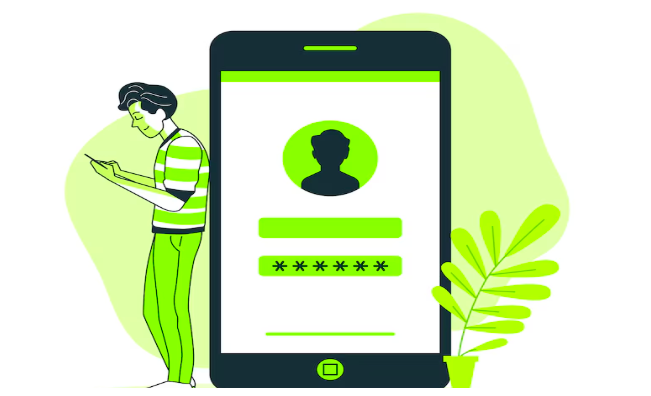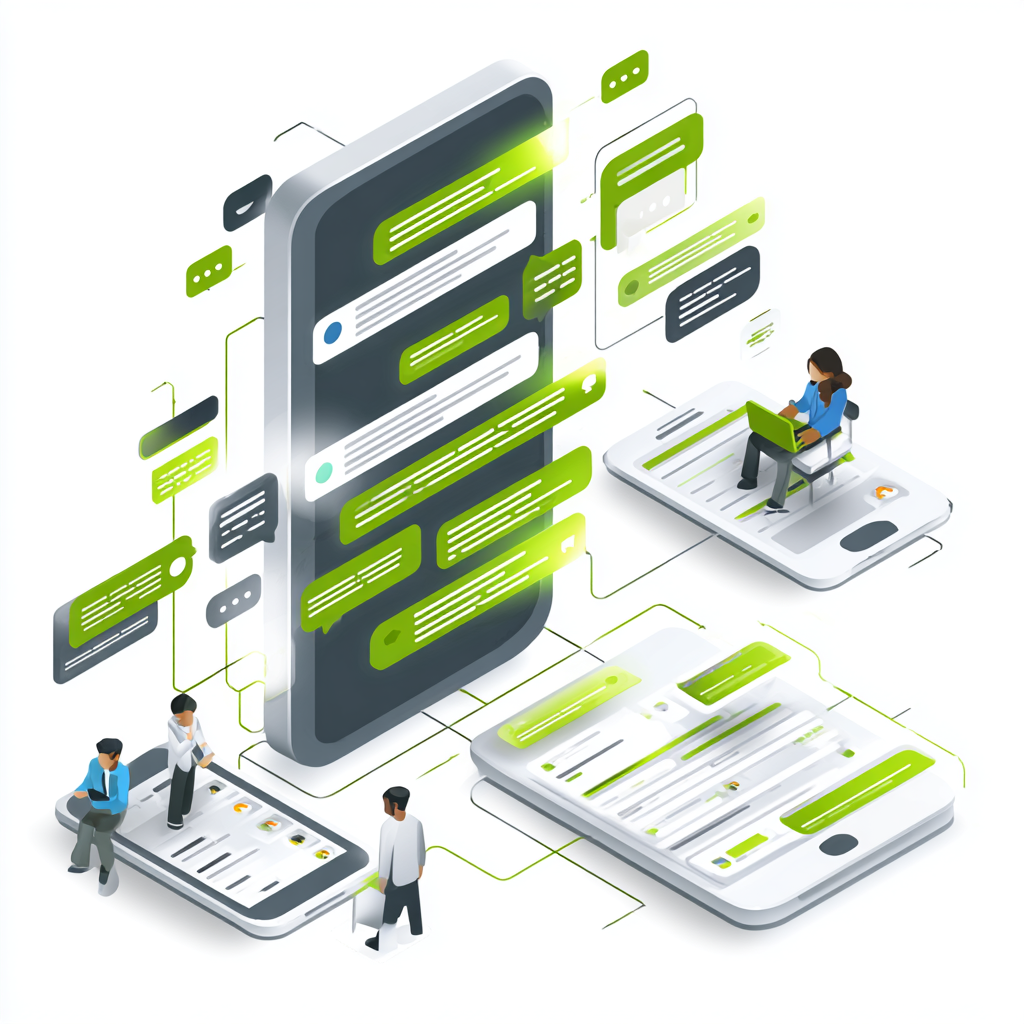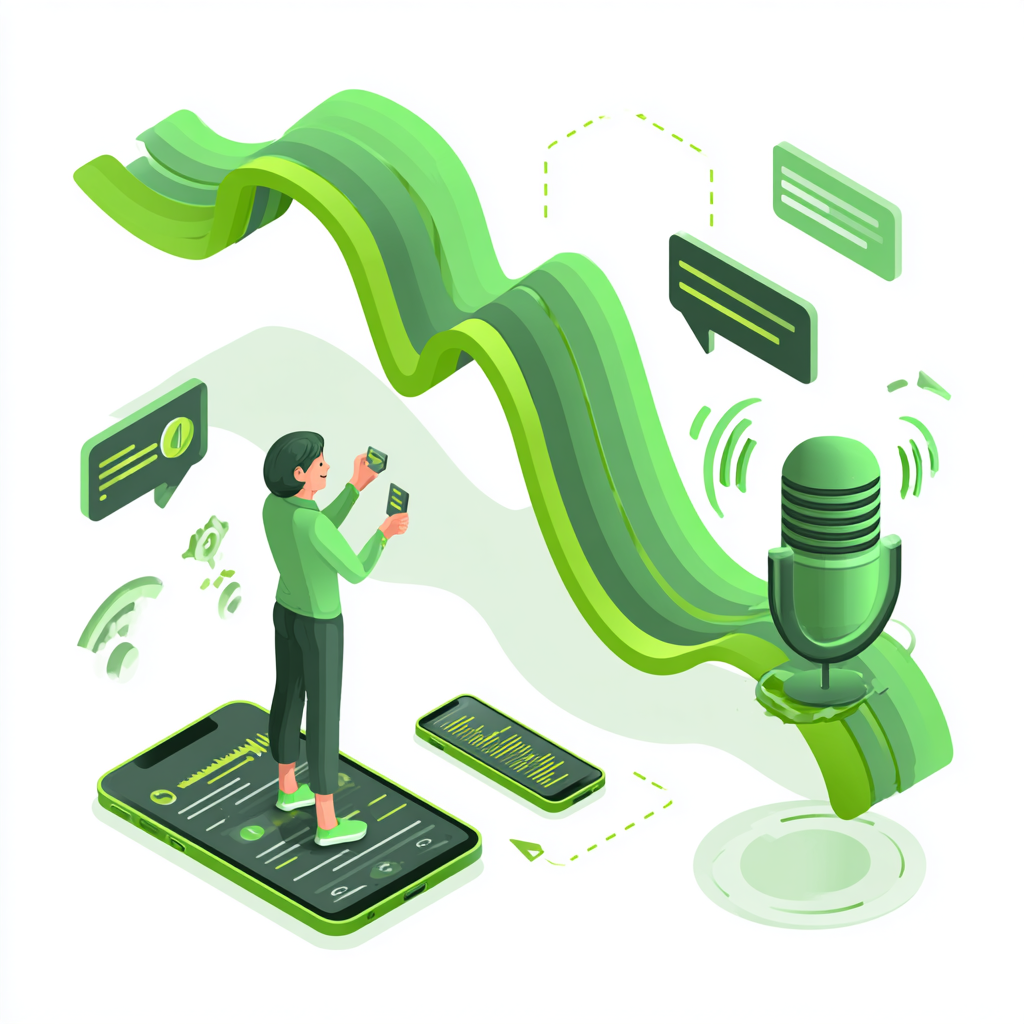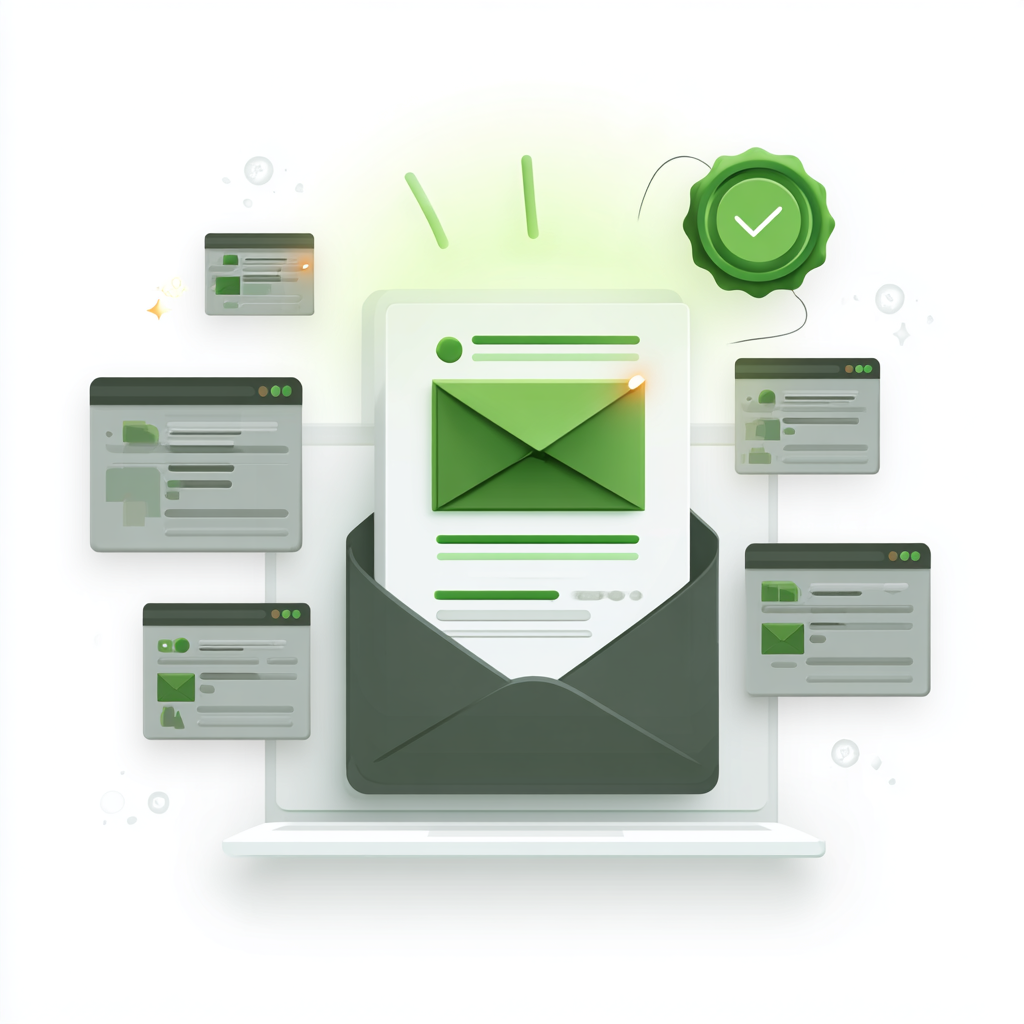Customer experience is about creating lasting impressions that make customers feel valued. Each interaction, from the first contact to after-sales engagement, contributes to how they view your brand. Consider how it feels when someone remembers your name or does something thoughtful for you. That sense of being seen and appreciated is the connection you want to build with your customers. This article will discuss effective ways to personalize their journey and encourage repeat business.
What is customer experience?
Customer experience is a customer’s overall feeling from every interaction with your brand. It begins when they see your advertisement, continues through their first purchase, and extends into the aftercare of the product or service. It is everything, from how they feel when they first visit your website to the ease of purchasing your product and how well they are supported after buying.
Why personalization matters in customer experience
Here are five (5) key reasons why personalization should be a central focus for your brand:
- Creates emotional connections: Personalization goes beyond simply offering a product or service. It helps form emotional connections with your customers. When customers feel heard, valued, and understood, they are more likely to trust your brand and engage with you on a deeper level.
- Fosters repeat business: Customers are more likely to return when they know their preferences are understood and respected. Personalizing their experience increases the likelihood of repeat business because they feel their unique needs are met.
- Boosts customer loyalty: Consistency in personalized experiences strengthens loyalty. Customers who feel your brand understands and cares about their needs are likelier to stay loyal. Personalization turns one-time buyers into long-term customers.
- Increases customer lifetime value: Personalization encourages customers to return for future purchases, increasing their lifetime value. By offering tailored experiences, you can build long-term relationships that result in higher revenue over time.
- Encourages word-of-mouth recommendations: Customers who feel genuinely valued are more likely to recommend your brand to others. Personalized experiences leave a lasting impression, prompting positive word-of-mouth and potentially attracting new customers to your business.
8 Ways to personalize the customer experience
Let’s explore eight (8) practical ways to personalize your customer experience, which will help you stand out and keep customers coming back.
1. Collect and organize customer data
The first step in personalizing the customer experience is gathering customer data. This information forms the foundation for crafting personalized experiences that resonate with your audience. Collecting customer demographics, past purchases, and browsing behavior allows you to understand their preferences better. You need an organized system for managing this data to do this efficiently. A customer relationship management (CRM) tool can help you store, categorize, and analyze customer information in a way that makes it easy to access and act upon. With this data, you can make informed decisions on tailoring customer interactions.
2. Segment your audience
Not all customers are the same. To deliver truly personalized experiences, you need to segment your audience based on relevant criteria such as demographics, purchasing history, or behaviors. For example, a clothing store may send different promotions to men and women or offer personalized recommendations based on past purchases. By segmenting your audience, you ensure that customers receive relevant content, increasing the likelihood of engagement.
3. Use customers’ names and remember special dates
Addressing customers by their name in communications creates a personal touch that can make interactions feel more meaningful. Special occasions like birthdays and anniversaries present perfect opportunities for further personalization. A quick birthday message or a holiday greeting can make customers feel appreciated, fostering stronger emotional connections. Recognizing these milestones builds loyalty and shows your brand cares beyond the transaction.
4. Use dynamic content
One effective way to personalize the customer experience is through dynamic content. Dynamic content refers to content that changes based on customer data, ensuring that the right message is delivered to the right person at the right time. For instance, email marketing platforms allow you to send personalized product recommendations based on past interactions. Websites can also display customized offers or banners to returning customers. By leveraging dynamic content, you can make every interaction feel more tailored and relevant, enhancing the customer’s experience.
5. Automate responses
Automation is often seen as impersonal, but it is a valuable tool for personalization. Automated responses allow businesses to interact with customers quickly and efficiently, without sacrificing a personal touch. Using automation tools, you can set up personalized email sequences or chatbot responses based on customer actions. For example, when customers abandon their shopping cart, an automated email can be sent with a personalized message reminding them of the items left behind.
6. Send timely follow-ups
Follow-ups play a crucial role in maintaining customer relationships. A well-timed follow-up email or message can significantly enhance the customer experience. Following up after a transaction, you can gather feedback, offer additional products or services, or simply thank them for their business. The key to effective follow-ups is personalization—ensure the message is relevant to their interaction with your brand. A thoughtful, timely follow-up shows you care about your customers’ experience and value their feedback.
7. Make mobile experiences interactive
With the rise of mobile shopping and communication, providing a seamless mobile experience is essential for personalizing the customer journey. Ensure your mobile website or app is optimized for easy navigation, fast loading times, and engaging interactions. Interactive features like mobile-exclusive offers, push notifications, or loyalty rewards can also enhance the customer experience. By providing value and personalization on mobile platforms, you can keep customers engaged no matter where they are.
8. Collect customer feedback
Feedback is one of the most valuable tools for personalizing the customer experience. Collecting customer feedback gives you insights into what’s working and where improvements can be made. Use this feedback to modify your services and offerings to suit customer needs better. For example, if customers constantly ask for a specific feature or product, it is a good sign that you should prioritize it. Incorporating customer feedback personalizes their experience and helps build trust, as customers appreciate knowing their opinions matter.
How Arkesel can help with personalization
Arkesel can help personalize your business experience by offering:
- Omnichannel communication: Arkesel allows businesses to communicate with customers across multiple channels like SMS, email, WhatsApp, and voice calls.
- Customer data collection and segmentation: With Arkesel, businesses can gather valuable customer data and segment their audience based on preferences, behavior, and interactions. This data enables businesses to tailor their communications and offers to individual needs, creating a personalized experience.
- Automated messaging: Arkesel’s automation features allow businesses to send timely, personalized messages without manual effort. Whether sending birthday wishes, promotional offers, or follow-up messages, businesses can automate communications based on customer data, ensuring each message feels relevant and timely.
- Dynamic content: Arkesel supports dynamic content in emails, SMS, and other messaging forms. Businesses can personalize messages with the customer’s name, past purchases, or preferences, making every communication feel more personal and valuable.
- Personalized follow-ups: After a customer makes a purchase or engages with a service, Arkesel can help businesses send personalized follow-up messages to ask for feedback, offer support, or recommend additional products or services based on their behavior.
Creating personal connections with customers
Personalizing the customer experience goes beyond simply making customers happy. It helps build lasting relationships that encourage loyalty and growth. When you understand your customers’ preferences, segment your audience, and offer personalized messages, you show them they are valued. It ensures your customers receive consistent, personalized messages across all platforms. The right tools, such as those provided by Arkesel, can make the personalization process easier.





